Comparing Africa’s Digital VAT Portals: Who’s Getting It Right?

As African tax authorities embrace digitalisation to improve VAT compliance, a growing number have launched online VAT portals designed to streamline registration, filing and payment especially for non-resident digital service providers. But not all systems are created equal. In this article we will review key digital VAT portals across Africa, analysing their effectiveness, user experience and alignment with global best practices.
The Rise of VAT Portals for Digital Services
Driven by the need to tax the fast-growing digital economy, several African countries have introduced simplified VAT registration regimes for foreign suppliers of electronic services. These systems often include dedicated portals that support remote onboarding, electronic filing, and payment via international channels.
According to the ATAF 2023 Member Survey, over 65% of African tax administrations had introduced or were planning digital VAT regimes. However, fewer than 30% had implemented standalone digital registration portals, and only 20% offered real-time verification tools for VAT numbers.
Comparative Review of Digital VAT Portals
The table below provides an overview of selected African countries that have introduced digital VAT platforms for non-resident suppliers:
Country | Portal | Launched | Key Features | Assessment |
South Africa | SARS eFiling Portal | 2014 (NR simplified since 2019) | Online NR registration, eFiling, returns, ePayments | Mature but not fully tailored for foreign users |
Kenya | iTax (with Simplified VAT system) | 2021 | NR registration, Nil returns, PIN issuance | Functional, but complex for occasional filers |
Nigeria | FIRS TaxPro Max (simplified model) | 2020–2022 | Email-based registration, portal access, online payment | Functional but lacks full automation |
Rwanda | E-Tax Portal | 2021 | NR registration, compliance via RRA portal | Simple UX, clear guidance, modern interface |
Uganda | EFRIS + URA portal | 2022 | Real-time invoicing, eVAT compliance, NR registration | Advanced for local use, less intuitive for NRDS |
Ghana | GRA iTaPS | 2024 (in stages) | Early-stage rollout for e-invoicing and eVAT | Still in development |
Tanzania | TRA Taxpayer Portal | 2023 | Simplified online registration, integrated e-payment, filing support in English & Kiswahili | Simple and user-friendly, still maturing. |
Which Country is Getting It Right?
1. Rwanda – A User-Centric Approach
Rwanda’s digital VAT portal is often cited as a model for simplicity and accessibility. The Rwanda Revenue Authority (RRA) offers clear, step-by-step guidance for non-resident suppliers, accepts international payments, and has a user-friendly interface designed for cross-border traders.
The government’s broader focus on digitizing public services has created an environment where online tax compliance feels like a natural part of doing business. The system’s success comes from its proactive design that anticipates the needs of foreign businesses, reducing the need for local tax representatives and fostering a more welcoming environment for the digital economy.
2. South Africa – Robust but Complex
South Africa stands as Africa's digital VAT pioneer, having first implemented VAT on electronic services supplied by non-resident companies back in 2014. After a decade of evolution and refinement, South Africa's system has developed into one of the continent's most sophisticated digital VAT frameworks. The country's latest amendments, effective April 1, 2025, foreign suppliers providing electronic services exclusively to VAT-registered businesses in South Africa are now exempt from registration and collection requirements.
South Africa’s eFiling system is comprehensive and stable, benefiting from over a decade of refinement. However, it is built primarily for domestic taxpayers. While SARS does offer NR registration, the process involves multiple steps and lacks real-time feedback on submission status.
3. Kenya – Functional but Fragmented
Kenya has emerged as a regional leader in digital taxation with what many experts consider a relatively streamlined system. Kenya's approach requires foreign digital service providers to register for and remit VAT through a simplified electronic compliance procedure, allowing companies to handle obligations independently without necessarily relying on local representatives.
Kenya’s iTax system supports digital service registration, filings and payment. The Kenya Revenue Authority has introduced a simplified PIN process, but many users report issues with error messages, unclear filing procedures and challenges when applying for tax compliance certificates.
Key Challenges Identified
Language and Technical Jargon: Portals often assume knowledge of local tax terms.
Lack of Real-Time Validation: Some systems don’t allow users to confirm if their registration or filings were successful.
International Payments: Many portals are still not optimised for foreign currency transactions.
Inconsistent Support: Helpdesk functions are either unavailable or slow to respond to NR queries.
What Can Be Improved?
Governments can enhance the performance of their VAT portals by:
Introducing multilingual interfaces and simplified guidance tailored to non-resident suppliers.
Ensuring integration with payment gateways that support USD, EUR, and regional mobile money solutions.
Creating automated, real-time responses to user submissions and queries.
Establishing dedicated non-resident helpdesks or onboarding support.
Looking Ahead
For Africa to truly get it right, a more harmonized and collaborative approach is essential. A fragmented digital tax landscape creates a "compliance nightmare" for businesses operating across multiple jurisdictions. The African Tax Administration Forum (ATAF) has a crucial role to play in promoting standardized frameworks and sharing best practices, as evidenced by its work on a VAT Digital Toolkit for Africa. The future of digital taxation in Africa depends on:
1. Harmonization: Creating a unified set of rules and a common digital infrastructure to reduce compliance costs for businesses.
2. User-Centric Design: Building online portals that are intuitive and accessible for all taxpayers, especially non-residents.
3. Proportionality: Implementing taxes that target large digital players without stifling the growth of local start-ups and the broader digital economy.
By focusing on these principles, African nations can ensure their digital tax systems are not just revenue generators but also tools for economic development, fostering an environment where innovation and compliance can thrive together.
Conclusion
Africa’s digital VAT compliance infrastructure is evolving fast, with some countries like Rwanda and South Africa making significant strides. However, widespread success will require greater user-centred design, automation and interoperability. As more jurisdictions seek to capture VAT from cross-border digital transactions, competitive, accessible and secure VAT portals will be key to enhancing compliance and reducing administrative burdens.
Sources; iTaPS platform, KRA iTax portal, Tanzania Taxpayer Portal, SARS eFiling portal, Rwanda E-Tax Portal.

Ausgewählte Einblicke

The Future of Taxation: How AI Is Reshaping Tax Systems
🕝 September 11, 2025Mehr Nachrichten von Afrika
Erhalten Sie Echtzeit-Updates und Entwicklungen aus aller Welt, damit Sie informiert und vorbereitet sind.




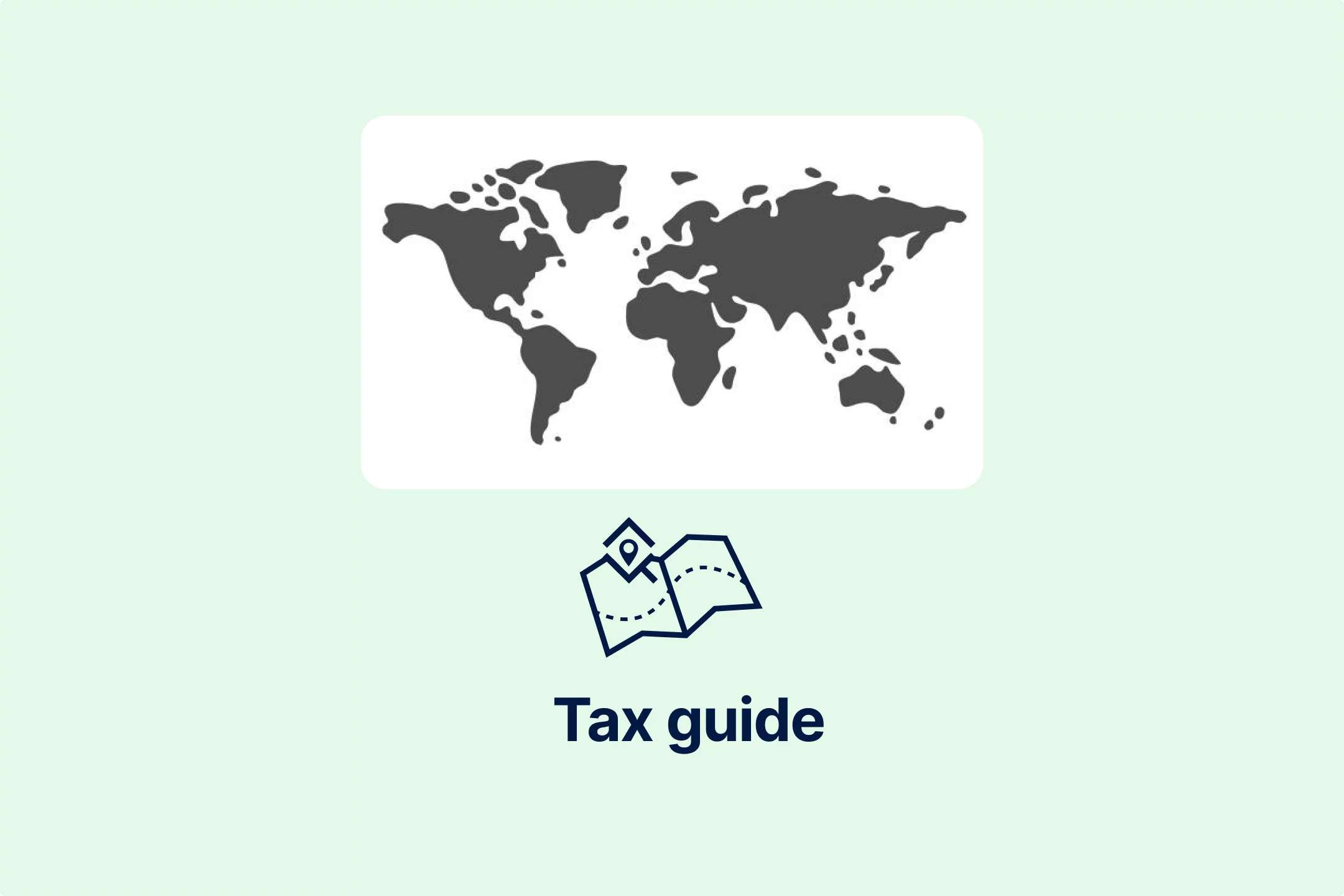
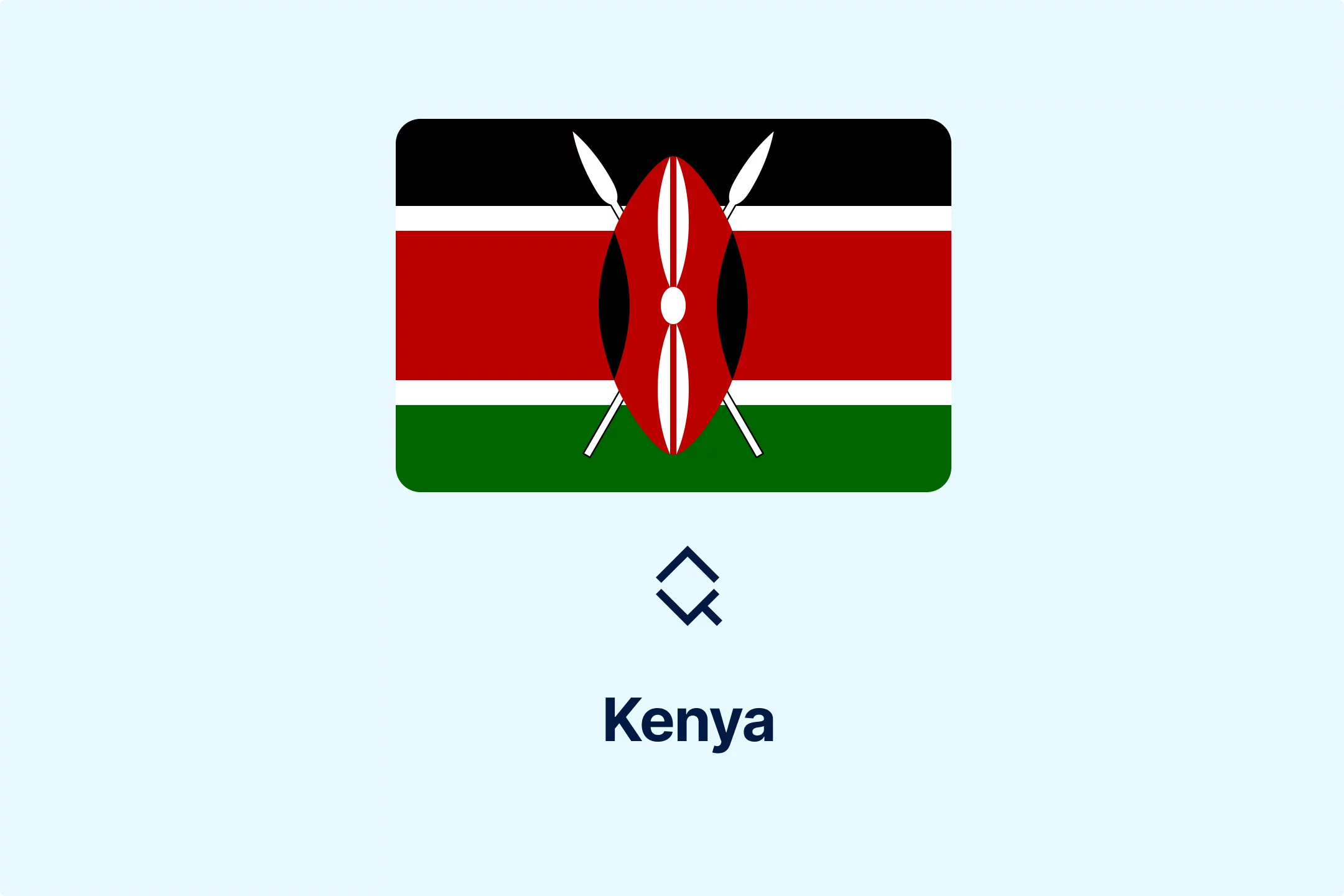
-tc819smrvc.webp)

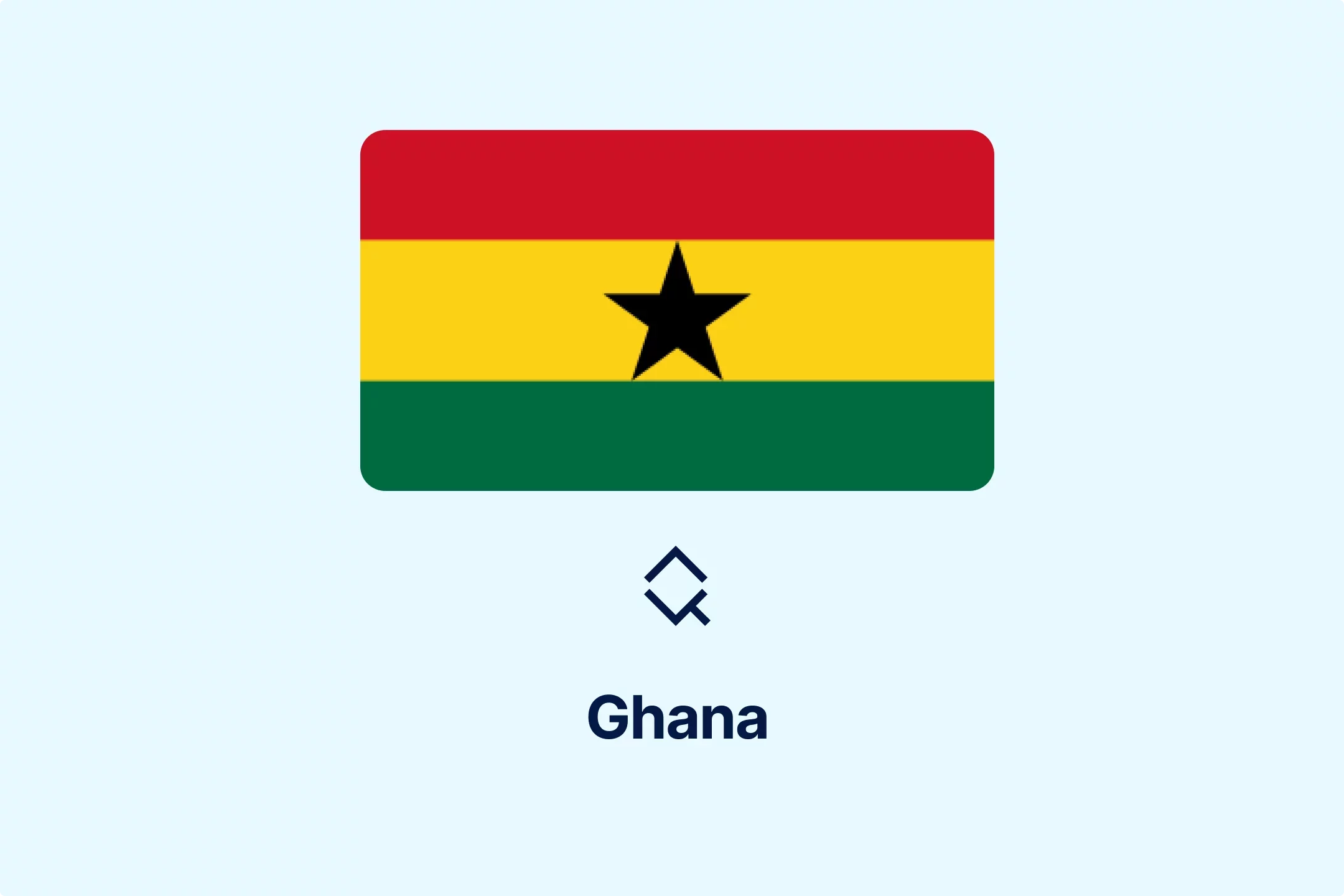

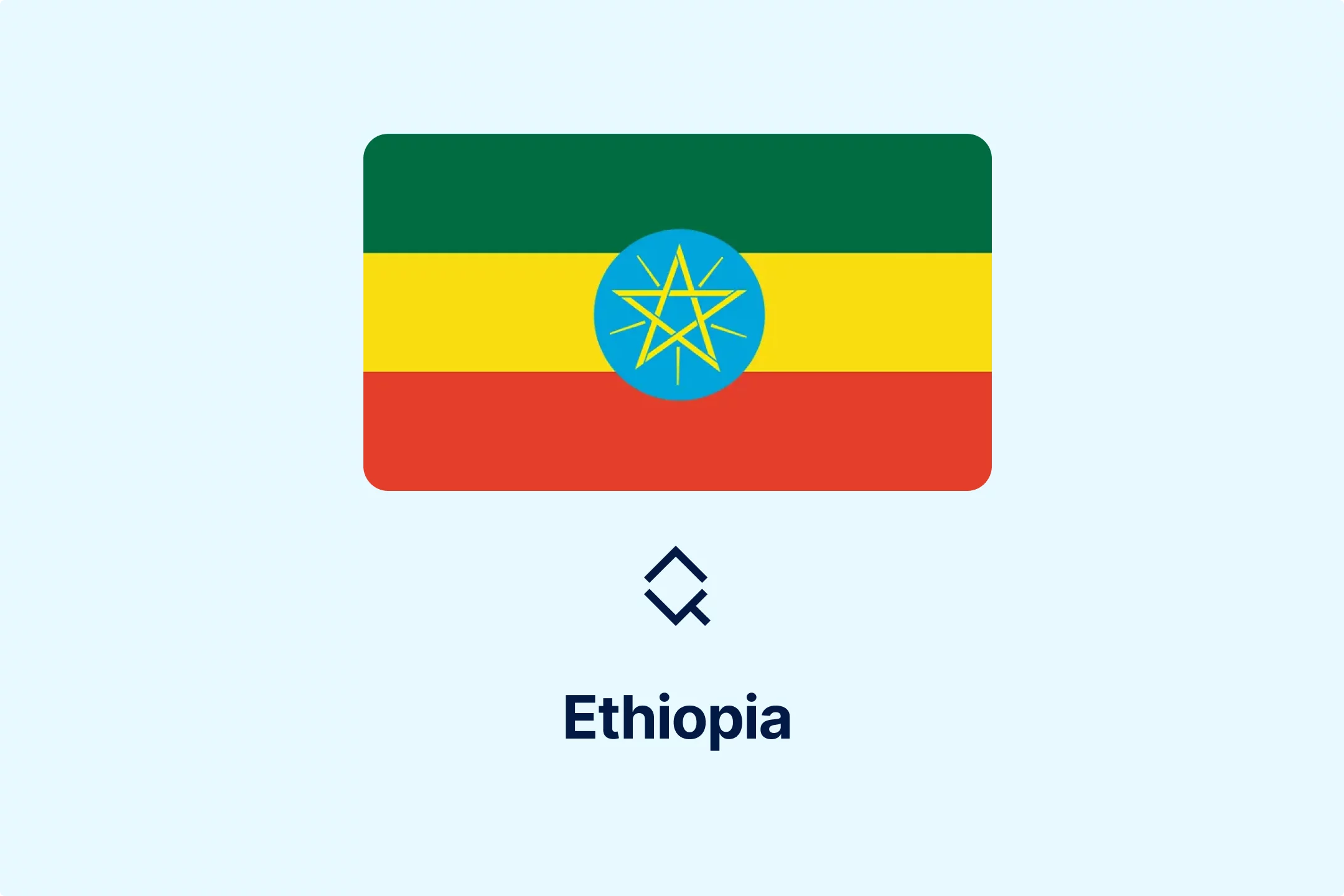
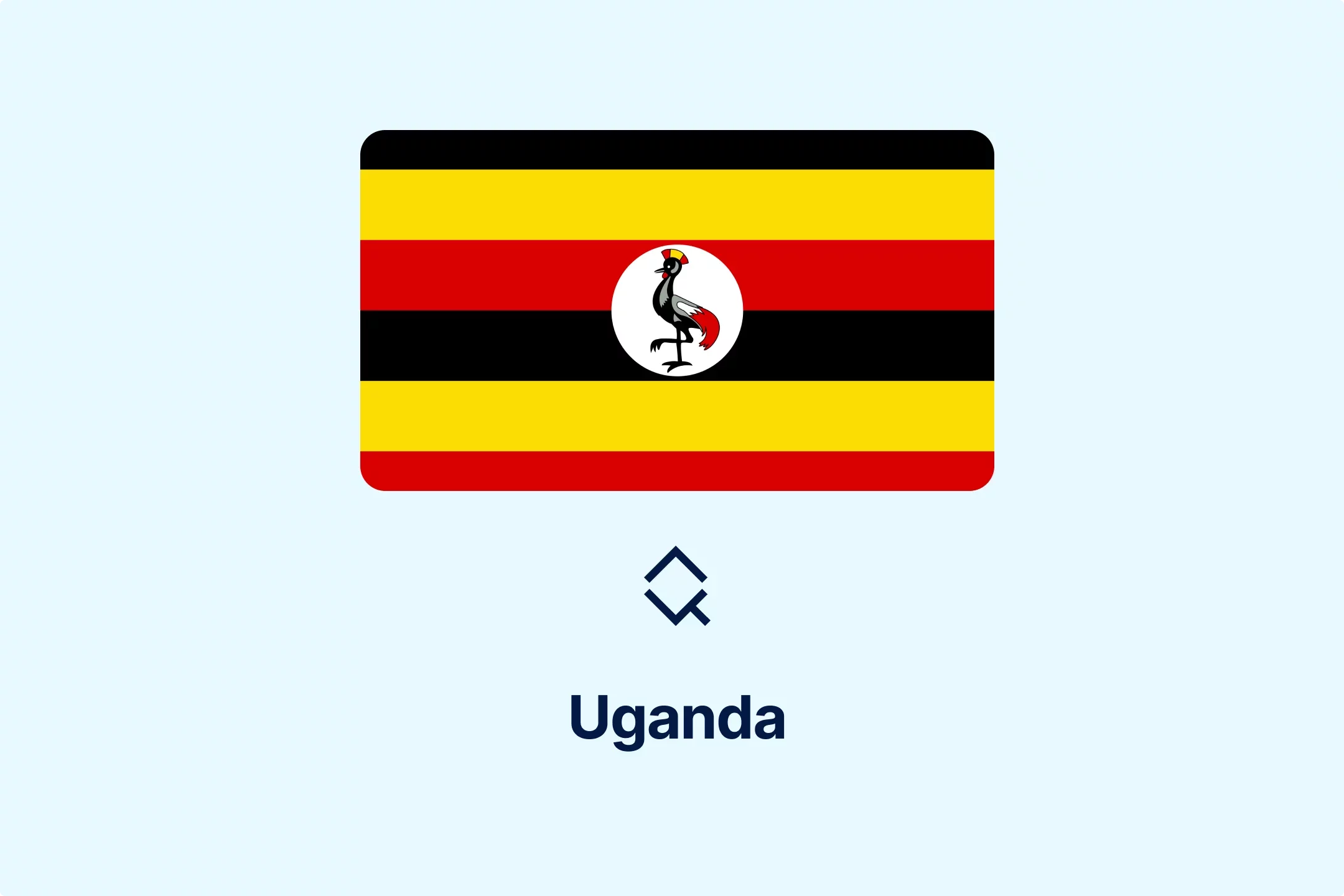
-1lfl8tbv0h.webp)




-sukknzru45.webp)




-5x4vkhcbio.webp)











-4t6t4uj2mm.webp)



-xjs7iob8wd.png)





-enoxc8fdkm.webp)





.png)
.png)









